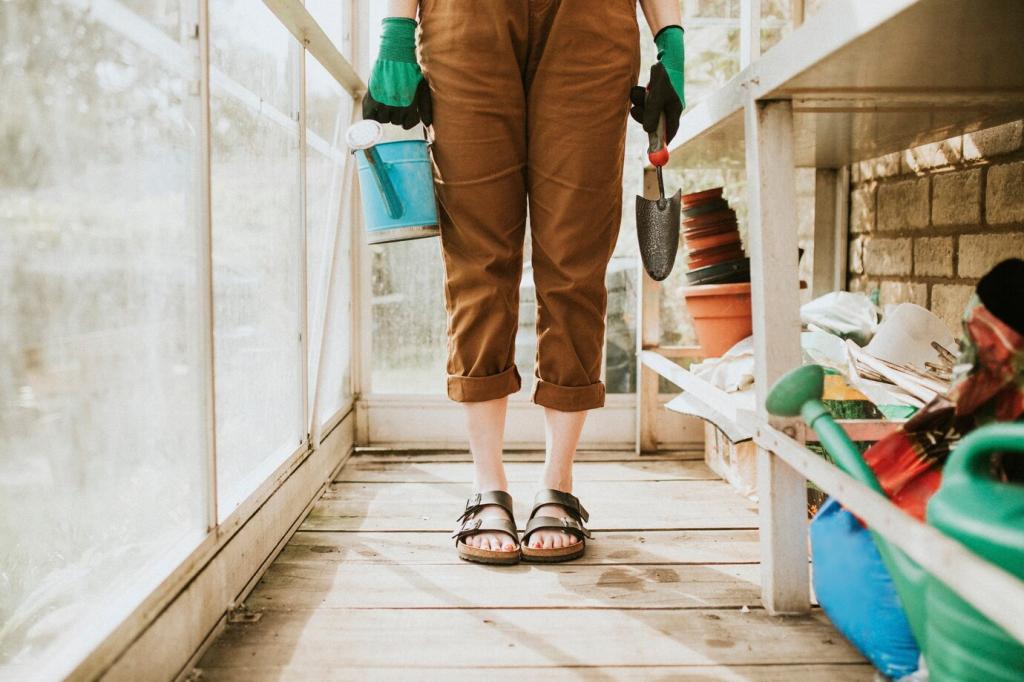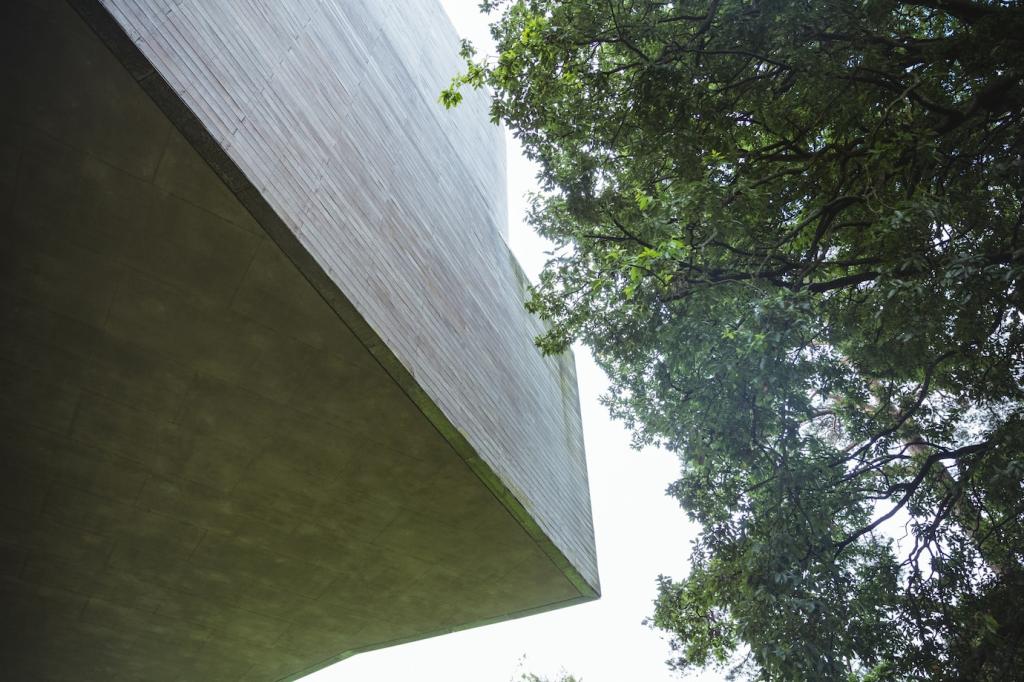Eco-Friendly Renovation Success Stories
Discover how homeowners, businesses, and communities are transforming spaces to be more sustainable, energy-efficient, and environmentally responsible. These eco-friendly renovation success stories highlight real projects, smart innovations, and the powerful benefits of green building practices. Whether you are planning your own renovation or simply seeking inspiration, these detailed accounts offer a glimpse into what’s possible when ecological responsibility meets creativity and vision.

The Solar-Powered Bungalow Revival
When the Martinez family set out to restore their 1920s craftsman bungalow, their goal was to honor its historical charm while drastically reducing its energy consumption. They invested in a state-of-the-art solar panel system seamlessly integrated with the roof and added energy-efficient windows that matched the original architecture. Inside, they used reclaimed wood for flooring and eco-friendly paints throughout. Within the first year, their utility bills dropped by 60%, and their carbon footprint shrank dramatically. This project proved that even cherished older homes can lead the way in renewable energy adoption.
Urban Apartment, Eco Makeover
In a bustling downtown setting, a young couple transformed their dated apartment into a beacon of urban sustainability. They replaced all fixtures with water-saving alternatives, installed bamboo cabinetry, and sourced modular furniture crafted from recycled materials. By adding smart thermostats and switching to LED lighting, they cut their apartment’s energy use in half. The renovation not only refreshed the look and feel of their urban space, but also set a new standard for environmentally conscious city living.
Suburban Family Residence Goes Green
For the Thompsons, the journey to a green home began with a resolve to use only locally sourced, non-toxic building materials during their dramatic kitchen remodel. They installed ENERGY STAR-rated appliances and introduced a composting station to minimize kitchen waste. Outside, a rainwater harvesting system waters their new native garden. The result is a home that’s not only eco-friendly but also serves as a functional and healthy space for their growing family—demonstrating small steps in renovation can yield significant ecological impact.
Previous slide
Next slide
Commercial Renovations with a Conscience
A prominent marketing agency in Denver decided it was time to walk their talk, embarking on an extensive eco-renovation of their headquarters. They started by replacing outdated lighting with daylight-mimicking LEDs and added occupancy sensors to reduce waste. The installation of a green roof provided both insulation and a lush space for breaks, while interior furnishings made from upcycled materials underscored their broader commitment to sustainability. Employee feedback reported heightened morale, and energy costs saw a notable drop—proving a green workspace is good business.
Nestled in a coastal town, the Seaside Boutique Hotel underwent a radical transformation, becoming one of the region’s first environmentally certified lodgings. The owners switched to low-flow plumbing, incorporated solar hot water heaters, and revamped insulation throughout the building. Custom furniture crafted from driftwood and linens sourced from organic fibers added both eco-style and comfort. Guest reviews rave about the serene, nature-inspired atmosphere, and the hotel’s occupancy rates have soared since the renovation—a testament to the hospitality industry’s sustainability potential.
A specialty grocery store in the heart of the city redesigned its entire retail experience to align with its values of zero waste and responsible resource use. During their renovation, they eliminated single-use plastics, integrated recycled-content shelving, and upgraded to an energy-efficient HVAC system. Even the checkout counters were fabricated from reclaimed timber. The result is a visually striking store that minimizes waste, encourages community participation in sustainable living, and has influenced other shops in the neighborhood to pursue similar paths.
Community-Led Green Restorations
A local elementary school undertook a bold renovation to turn their underused schoolyard into a vibrant “living classroom.” Community volunteers planted native gardens, installed permeable pavers, and constructed shaded outdoor learning spaces with reclaimed wood from demolished buildings. Rainwater is now collected and used for irrigating the grounds, creating a real-world example of water conservation for students. Not only does the transformation provide hands-on environmental education, it has fostered a deeper connection between students, teachers, and the natural world.
An aging city park, once suffering from erosion and neglect, received new life thanks to a coalition of neighborhood residents, local businesses, and a landscape design firm. Together, they implemented a habitat restoration plan emphasizing native species and natural drainage systems, reducing maintenance needs and supporting wildlife. Eco-friendly walking paths now wind through meadow and woodland areas, while solar-powered lights guide visitors in the evening. The park has become a beloved, sustainable centerpiece for neighborhood gatherings and outdoor recreation.
Recognizing the dual importance of heritage and sustainability, a small town’s initiative to restore its century-old library focused on both preservation and environmental responsibility. Original bricks and timber beams were carefully salvaged for re-use, while new features included high-efficiency HVAC systems and energy-generating rooftop solar panels. The renovation preserved the library’s iconic appearance while significantly reducing operating costs and environmental impact. Today, the building serves as both a literary sanctuary and a symbol of the town’s commitment to stewardship.

